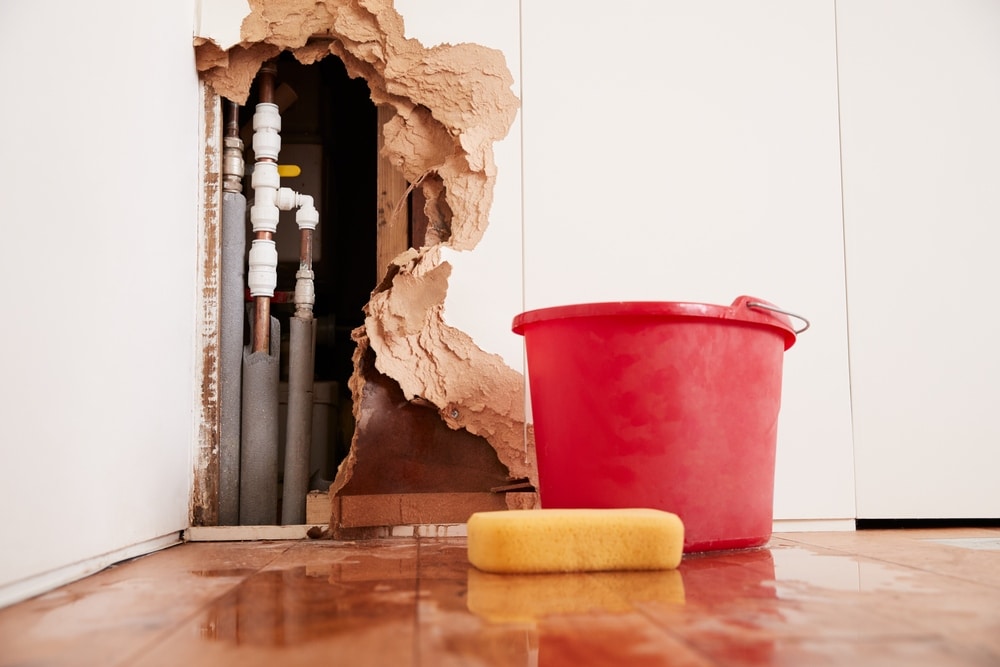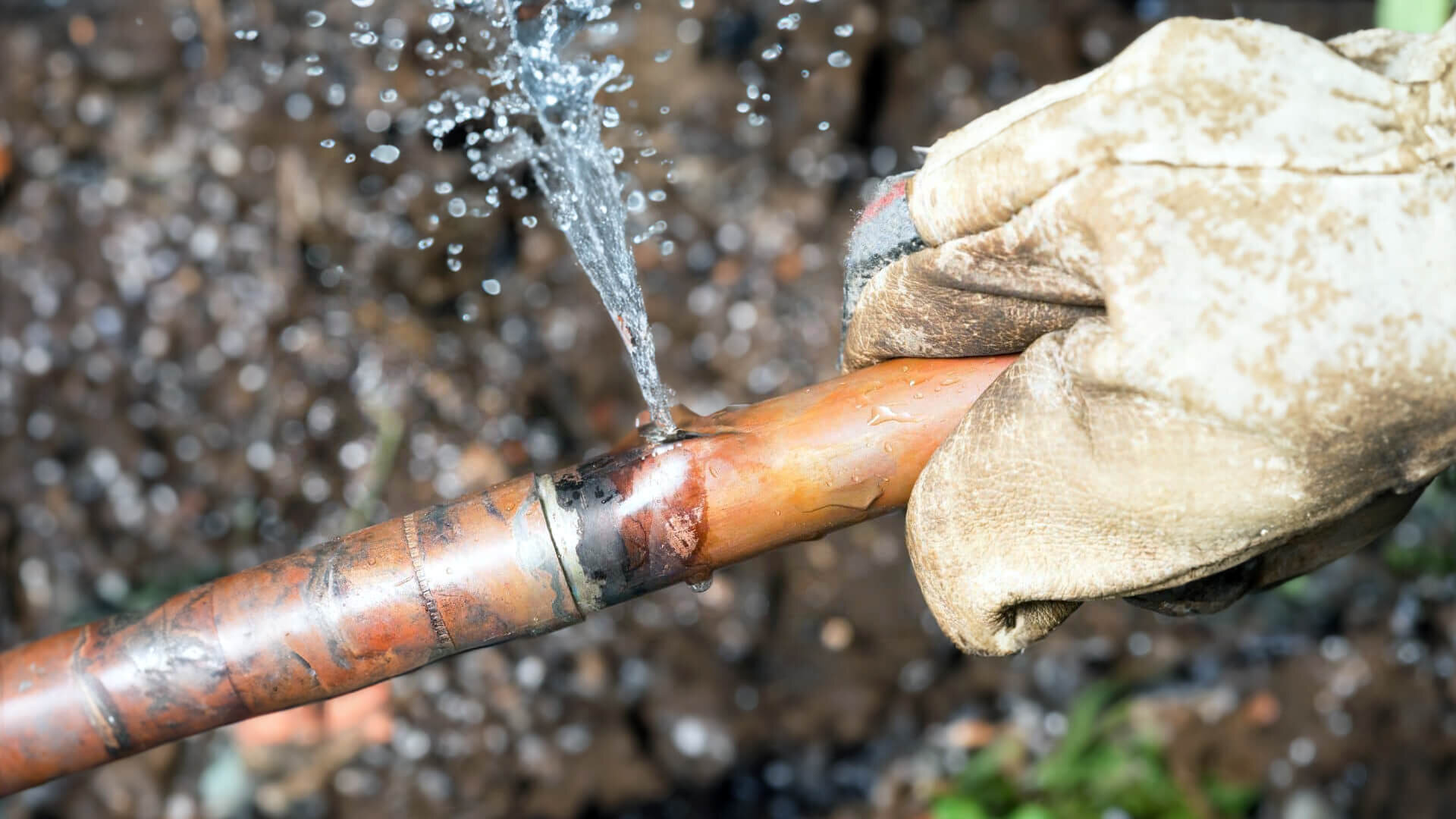Understanding the Causes of a Burst Pipe and How to Prevent It
Understanding the Causes of a Burst Pipe and How to Prevent It
Blog Article
Preventing Burst Piping: Necessary Tips to Shield Your Plumbing
Avoiding burst pipes is a vital issue for homeowners, especially during colder months when the threat of cold is increased. Applying critical measures such as appropriate insulation, routine examinations, and preserving consistent interior temperature levels can dramatically reduce the possibility of pipeline failing.
Understand Pipeline Vulnerabilities
Comprehending pipeline vulnerabilities is essential for efficient plumbing maintenance and protecting against costly damage. Several aspects add to the susceptibility of pipes to ruptureds, including product composition, age, and ecological problems. Older pipes, particularly those made from galvanized steel or polybutylene, commonly degrade with time, causing boosted danger of ruptures and leakages.
Temperature variations can additionally dramatically effect pipe integrity. In chillier environments, water trapped in pipes can freeze, putting in and increasing stress on the pipeline wall surfaces, which may ultimately lead to a ruptured. High water stress can strain pipes, particularly at joints and bends, heightening the probability of failing.

Insulate Pipeline Appropriately
Correct insulation of pipelines is critical for protecting against freezing and subsequent bursts throughout cold climate (burst pipe). Insulating your pipes system efficiently safeguards against temperature goes down that can lead to expensive damages. Begin by recognizing prone locations where pipelines are revealed to outdoor temperatures, such as basements, attic rooms, and exterior wall surfaces
Use foam pipeline insulation sleeves or cover insulation tape around these locations to give a safety barrier. Make certain that all sections of the pipelines, specifically those with limited warm direct exposure, obtain appropriate insulation. Pay unique interest to fittings and joints, as these are extra susceptible to cold.
When insulating, it's vital to choose materials that fulfill regional building ordinance and are suitable for the specific atmosphere. For circumstances, fiberglass insulation is usually advised for its thermal resistance homes - burst pipe. In addition, take into consideration utilizing warm cable televisions or tape in extreme conditions, which can be plugged in to offer additional warm
Consistently inspect protected pipelines for any type of signs of wear or damage, as jeopardized insulation can decrease its performance. By taking these proactive procedures, you significantly minimize the threat of pipe ruptureds, guaranteeing a trustworthy pipes system throughout the winter months.
Maintain Constant Temperature
A steady indoor temperature level is important for avoiding burst pipes during the freezing months. When temperature levels drop, water within pipelines can ice up, creating and broadening pressure that may inevitably cause the pipes to ruptured. To reduce this risk, home owners must preserve a constant temperature throughout their home, ideally no lower than 55 ° F(13 ° C)Making use of a programmable thermostat can assist take care of interior temperature levels properly, making sure that spaces with pipes remain warm also when your house is unoccupied. Pay special interest to areas that are extra at risk to cold, such as cellars, garages, and attic rooms. Keeping cupboard doors open under sinks can additionally allow warmer air from the home to flow around plumbing.
In enhancement, it is sensible to enable taps to leak a little throughout severe cold snaps. This minor flow of water can prevent freezing by minimizing pressure within the pipes. Additionally, during especially serious weather condition occasions, consider briefly suspending any type of nighttime setbacks on your thermostat to preserve a constant cozy atmosphere. By implementing these methods, property owners can considerably decrease the danger of pipe bursts and safeguard their plumbing systems versus the extreme winter aspects.
On A Regular Basis Inspect Plumbing
Routine assessments of plumbing systems are essential for protecting against burst pipelines and maintaining total home integrity. During these assessments, it is crucial to check out noticeable pipelines for indicators of corrosion, leakages, or put on.
In addition, checking joints and links is vital, as these points are frequently at risk to leaks. House owners must also analyze water pressure degrees, as extreme stress can strain the plumbing system and boost the danger of pipeline bursts.
Consider scheduling professional pipes examinations at the very least yearly, especially prior to winter season, to ensure your system is gotten ready for cooler temperature levels. Routine examinations not just assist in determining immediate worries however likewise foster long-term maintenance methods that can improve the life expectancy of your pipes system. By being proactive you could try this out in your strategy, you can secure your home versus the costly and turbulent consequences of ruptured pipes. Focusing on plumbing inspections is a financial investment in your home's health and wellness.
Know Emergency Procedures
Recognizing emergency procedures is vital for each property owner, specifically after carrying out normal plumbing examinations. Being planned for a plumbing emergency situation can substantially minimize damages and save prices. First, find your primary water shut-off valve; it is normally discovered near the water meter or where the primary line enters your home. Acquaint yourself with its procedure, as closing off the water system quickly can prevent extensive flooding.
Next, keep essential their explanation tools convenient. A pipes emergency package should consist of a wrench, plunger, and towels, as well as a flashlight and a pail for little leakages. In addition, consider having the call details for a relied on plumber easily offered, ought to the circumstance intensify beyond your control.
If you spot a leakage or ruptured pipeline, promptly switch off the supply of water and alert your plumber. In addition, record the damage with photographs for insurance policy functions. burst pipe. Be mindful of the indicators of prospective pipes issues, such as unusual water stress changes or damp spots on wall surfaces
Inevitably, positive understanding and swift activity are vital in taking care of pipes emergencies, guaranteeing your home remains secured and minimizing possible damages.

Verdict
To conclude, preventing burst pipes necessitates a multifaceted strategy that consists of understanding pipeline susceptabilities, proper insulation, preserving constant indoor temperatures, normal inspections, and understanding of emergency situation treatments. By executing these important strategies, the threat of pipes failures can be considerably minimized, therefore making certain the longevity and efficiency of the pipes system. Positive measures not just guard against potential damage but additionally add to general water preservation and the security of residential property.
In cooler climates, water caught in pipelines can freeze, increasing and putting in pressure on the pipeline walls, which blog might ultimately lead to a burst. When temperatures decline, water within pipes can ice up, developing and expanding pressure that might ultimately create the pipes to ruptured. By applying these techniques, home owners can significantly minimize the threat of pipeline bursts and secure their pipes systems versus the harsh winter aspects.

Report this page